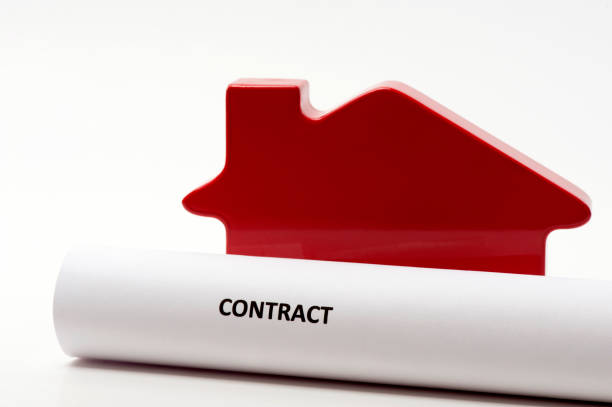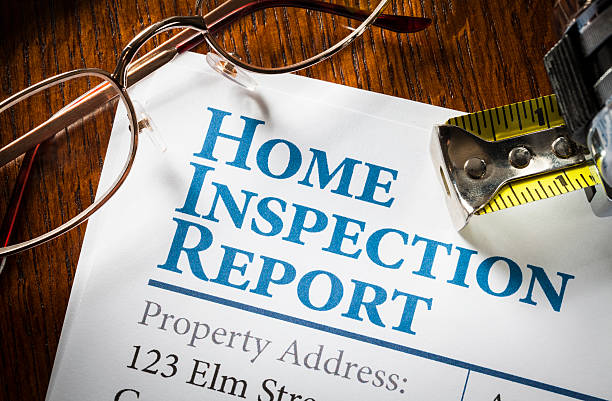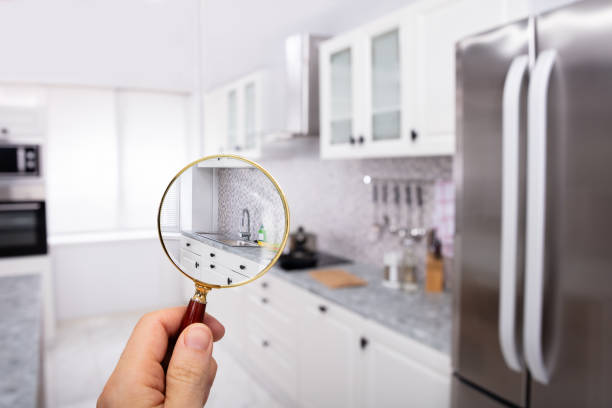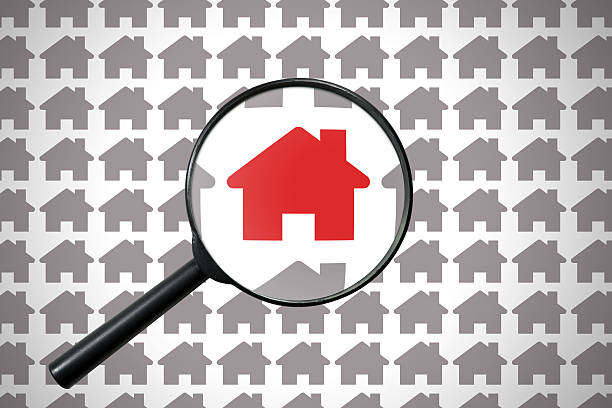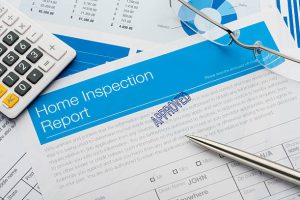 For homebuyers, conducting a DIY home inspection can provide valuable insights into the condition of a potential property before making a purchase decision. While professional inspections are recommended, a DIY inspection can help buyers identify potential issues early on and determine if further evaluation is needed.
For homebuyers, conducting a DIY home inspection can provide valuable insights into the condition of a potential property before making a purchase decision. While professional inspections are recommended, a DIY inspection can help buyers identify potential issues early on and determine if further evaluation is needed.
In this guide, we’ll provide homebuyers with a quick overview of DIY home inspections, including essential tips and considerations for assessing potential properties.
Exterior Inspection:
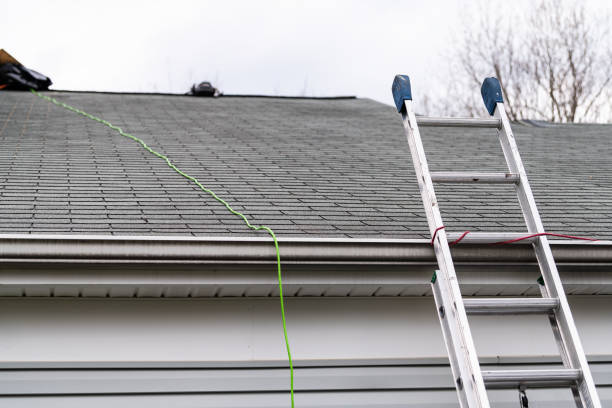
Begin by evaluating the exterior of the property. Look for signs of damage or wear on the roof, siding, windows, and doors.
Check for cracks in the foundation, unevenness in the landscaping, and any drainage issues that may cause water damage.
Interior Inspection:
Inspect the interior of the home, paying attention to the condition of walls, ceilings, and floors.
Look for signs of water damage, mold, or mildew, which may indicate plumbing or moisture problems.
Test light switches, outlets, and appliances to ensure they are in working order.
Structural Assessment:

Assess the structural integrity of the home by examining the foundation, walls, and support beams.
Look for signs of sagging or bowing in the walls or ceilings, as well as cracks or shifting in the foundation.
Check for signs of termite damage or wood rot, especially in areas prone to moisture.
Plumbing and Electrical Systems:
Test faucets, toilets, and showers to check for leaks or drainage issues.
Inspect the electrical system, including the circuit breaker panel, outlets, and wiring, for any signs of damage or malfunction.
Consider hiring a professional plumber or electrician for a more thorough evaluation if you have concerns.
Heating and Cooling Systems:
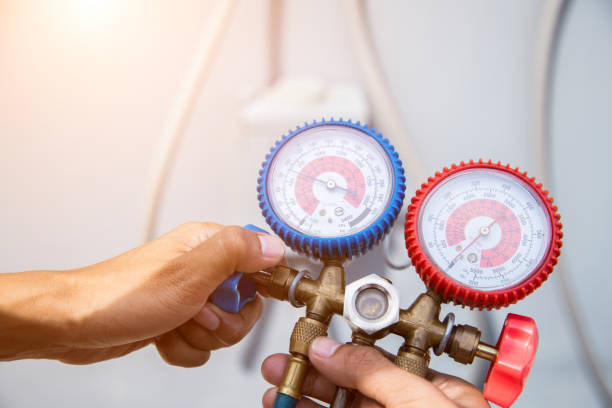
Test the heating and cooling systems to ensure they are functioning properly.
Change air filters and inspect ductwork for any signs of blockage or damage.
Consider scheduling a professional HVAC inspection for a more comprehensive assessment.
Safety Features:
Check smoke detectors and carbon monoxide detectors to ensure they are in working order.
Inspect stair railings, banisters, and other safety features for stability and durability.
Consider the overall safety of the property, including access to emergency exits and fire suppression equipment.
While DIY home inspections can provide valuable insights into the condition of a potential property, it’s important to recognize their limitations. A professional home inspection is recommended to thoroughly assess the property and identify any hidden issues that may not be apparent to the untrained eye. However, by conducting a DIY inspection, homebuyers can gain a better understanding of the property’s condition and make more informed decisions during the home buying process. Use this quick guide as a starting point for your DIY inspection, and don’t hesitate to seek professional assistance for a more comprehensive evaluation when needed. With careful assessment and due diligence, you can find a home that meets your needs and expectations for years to come.






